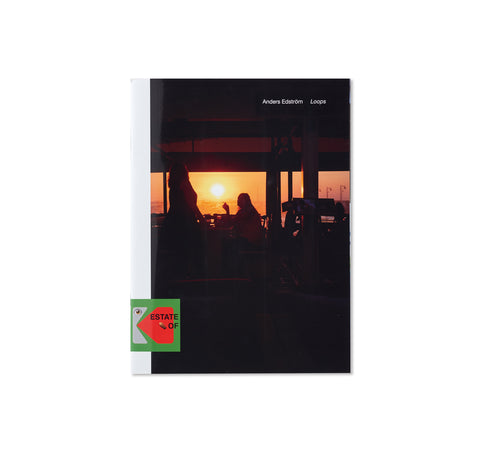HANEZAWA GARDEN by Anders Edström
スウェーデン人フォトグラファーで映像作家のアンダース・エドストローム(Anders Edström)の作品集。かつて東京・広尾にあった邸宅「羽澤ガーデン」を約9年間に渡って撮り続けた作品を収録。「羽澤 ガーデン」は、大正時代に作られた日本家屋と日本庭園を活かし、飲食・宴会施設などとして使われてきた 施設だったが、2005年12月を持って閉鎖された。豪壮な大正期の近代和風の邸宅では、囲碁や将棋の 名人戦の舞台になるなど、政治・経済・文化をはじめ、すそ野の広い人々とゆかりを持っていたこの文化的 価値のある建築をなんとか残そうと、地元住民が開発許可の取り消しを求める行政訴訟を行ったが、建物は 取り壊され、2012年に跡地に3階建てマンションが建てられた。瑞々しい竹が生い茂る緑豊かな庭や落 ち葉の積もる屋根は時と共に移り変わり、江戸時代から現在までの日本の歴史をもつ場所の証人であった羽 澤ガーデンの豊かな樹木はもはや見ることができない。しかし、この本に写し出されている風景だけは未だ に我々の目に都市開発で消えてしまった「土地の文脈の記憶」を映し出しているように見える。映像作品「The Anchorage」(09') を共同制作した、C.W.Winterによるエッセイ(和訳付き)を収録したブックレット付き。
Hanezawa Garden is an illicit trail through a walled garden in Tokyo, between thick foliage, slender bamboo and semi-inhabited outhouses, their plastic roofs heavy with leaves, as if reclaimed by the jealous trees. The protagonist, like a detective, catalogues the garden obsessively, registering strange and peripheral details: a sealed cardboard box, lingering on a sill, or the receding body of a workman. Time is loose, and the seasons slip by. The sightlines through Hanezawa are multiple and mutable, and the assembled images grow in weight through repetition and proximity. The minor characters of this elusive narrative are ordinary objects: a shell, half buried in the soil, whose brief significance is acute and unreadable, before it slips back into entropy. The surfaces, too, are iridescent, ungovernable – garden huts with smeared panes that reflect sky or reveal the bulge of something, vegetating, behind. The windows, like the images themselves, always promise something – a revelation – just out of reach. Hanezawa Garden was demolished by the real estate developer Mitsubishi Estate in 2012, despite countless attempts by local residence to preserve the house and gardens.
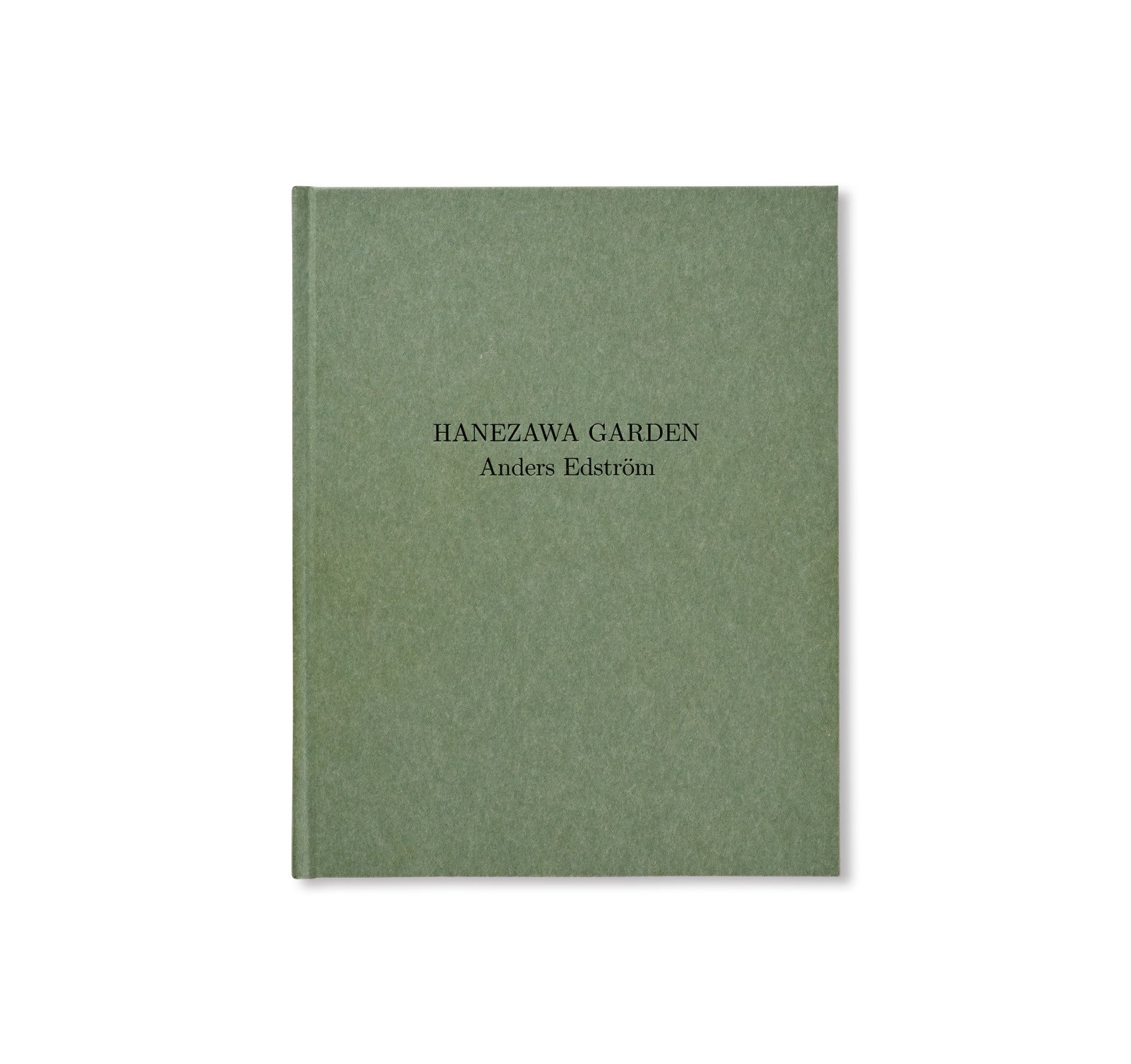
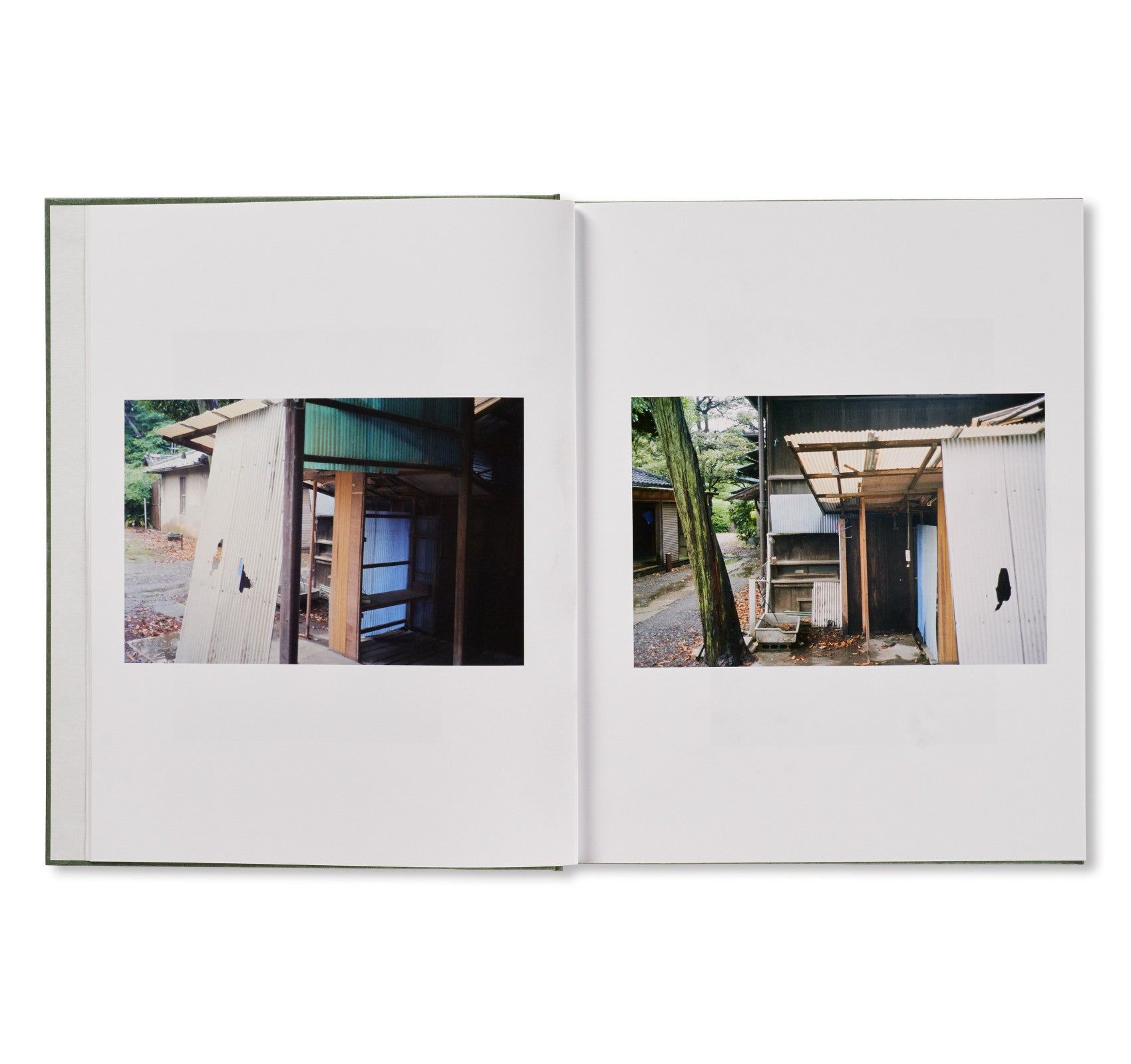
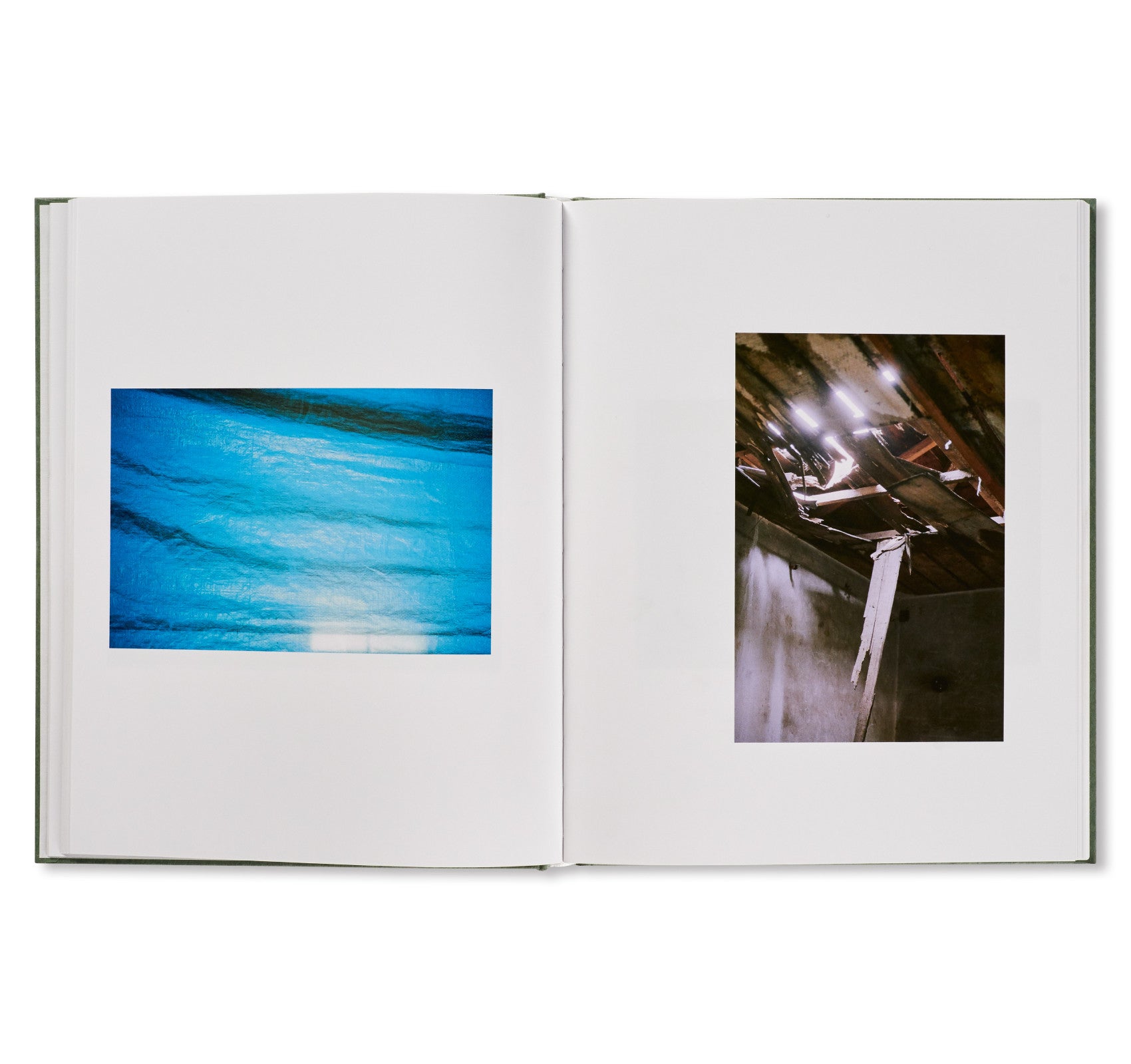
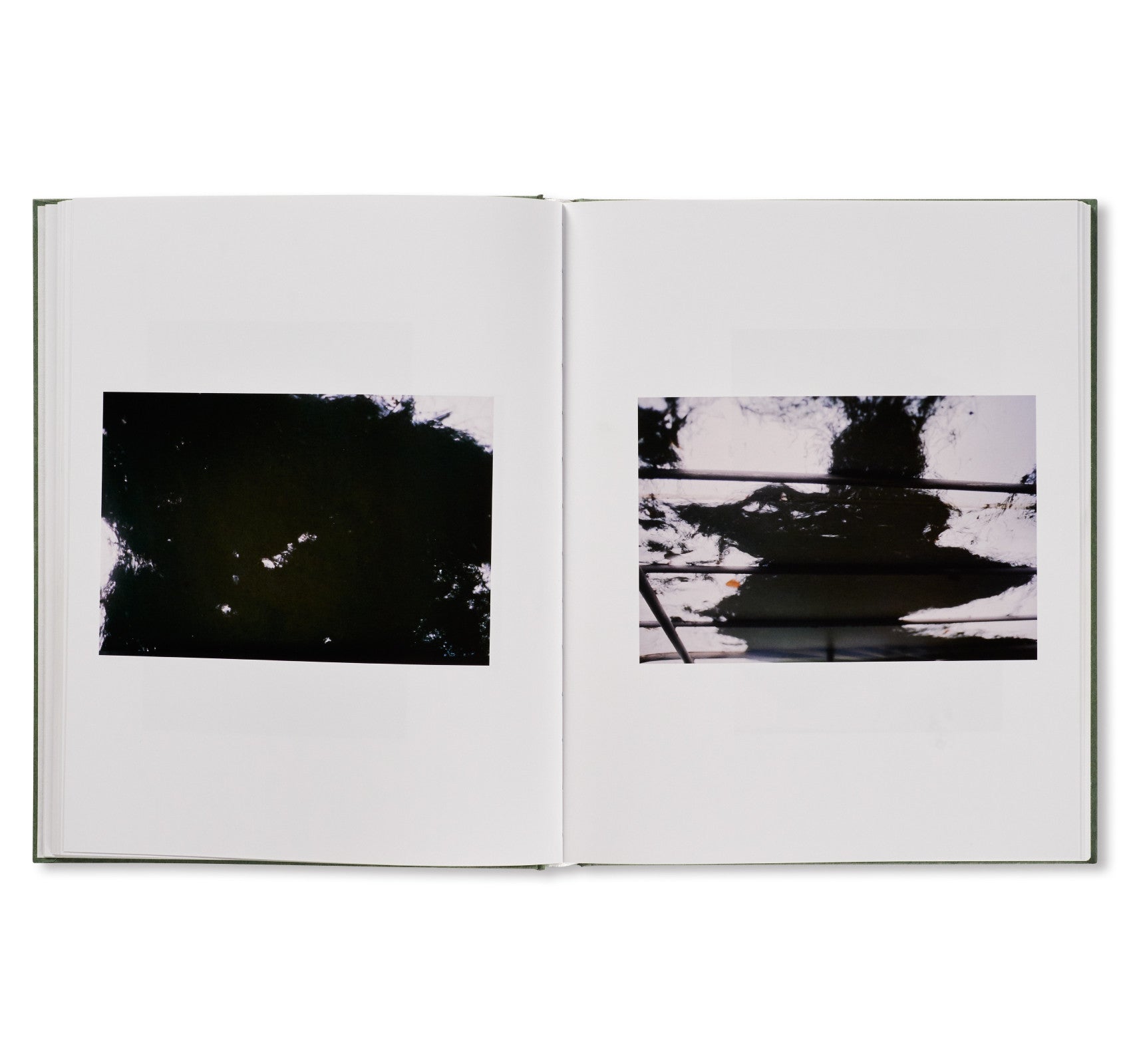
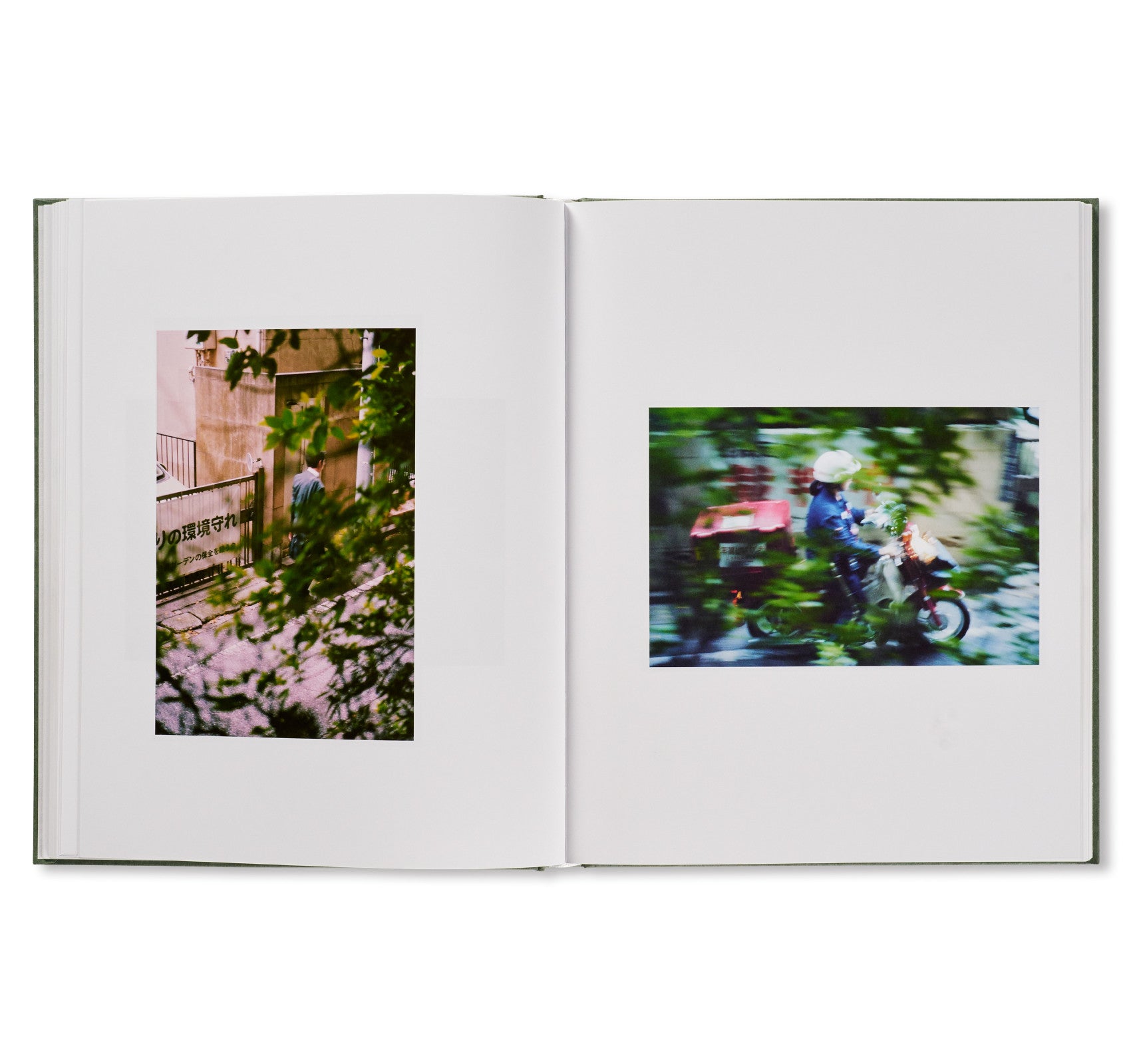

![ENKÖPING by Anders Edström [SIGNED]](http://twelve-books.com/cdn/shop/files/1681_large.jpg?v=1728367855)
![SHIOTANI by Anders Edström [SIGNED]](http://twelve-books.com/cdn/shop/products/202202151391_large.jpg?v=1645757897)
